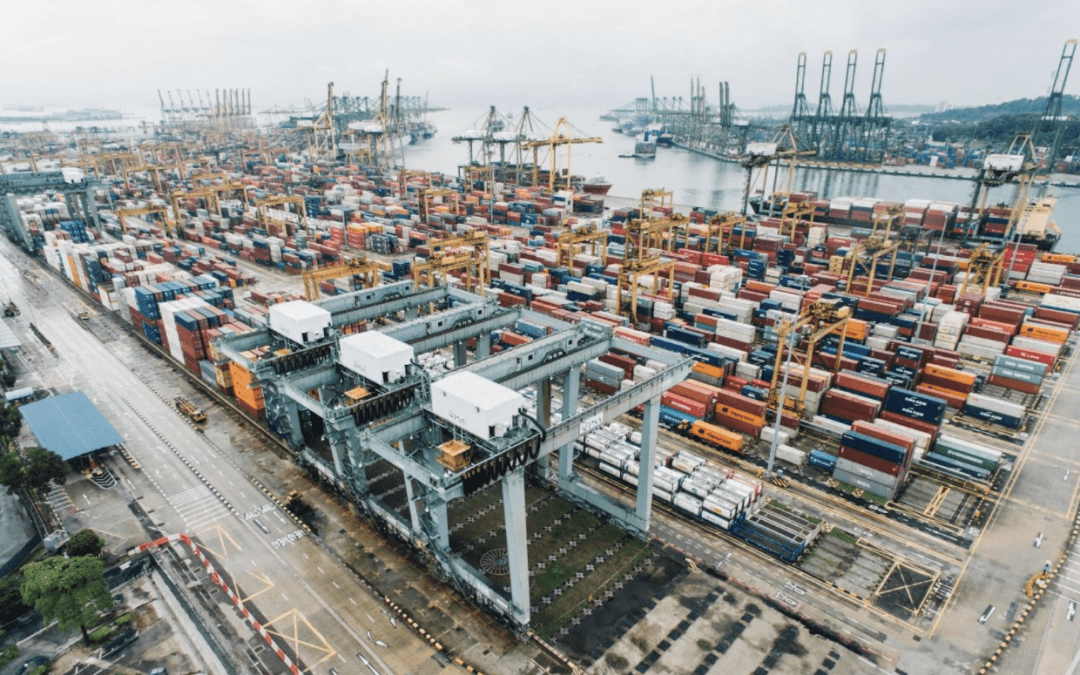Since the outbreak of the pandemic, supply chain disruptions and shipping delays have posed a significant challenge to the global economy. Factory shutdowns in China in early 2020, lockdowns in various nations across the globe, labor shortages, strong demand for tradable commodities, disruptions in logistics networks, and capacity limits have resulted in significant increases in freight prices and delivery delays.
The current steep decline in the delivery times shows either increased demand or widespread supply restrictions or a combination of the two. During such periods, suppliers often have increased pricing power, resulting in a price increase. Furthermore, supply chain disruptions may restrict the availability of intermediate items, hindering production and output growth when paired with labor shortages.
Once the number of COVID-19 cases begins or continues to fall, capacity limitations and employee shortages should improve, relieving some of the burdens on supply chains and delivery timeframes. However, other analysts fear that supply chain interruptions will not be resolved quickly.
Global Supply Chain
When individuals discuss the global supply chain, they typically mean worldwide intermodal shipping. Products are loaded into intermodal containers, which may then be loaded into cargo ships for international travel, railroads for domestic shipment, and vehicles for first- and last-mile delivery.
While intermodal containers may transit effortlessly across transportation modes, several parties are responsible for their management. The following are the different linkages in the global supply chain:
Beneficial cargo owners (BCOs) are the owners of the items contained inside a container.
Ocean carriers are the corporations that run ships that transport containers throughout the world.
Shipping Ports are the locations where cargo is unloaded from ships.
Railroads are the businesses that offer inland container freight, typically over greater distances.
Truck drivers are the personnel in charge of transporting containers to and from ports and railroad facilities and actual delivery.
Chassis suppliers provide the chassis (the structure on which a container moves) required for truck transport.
Warehouses, fulfillment centers, and other facilities are the locations where containers are delivered at the conclusion of a cargo.
To ensure that the supply chain runs well, all these entities must coordinate and follow through on their agreements. It might be challenging for the others to fill in the gap if one link in the chain breaks.
Causes Of International Supply Chain and Shipping Delays
An Increase of Ships
It is hard to offer an exact reason for supply chain interruptions. Still, the present congestion may be traced back to a rise in output in Asia after the pandemic-related industry shutdown. The flood of items produced a sudden rush of cargo ships arriving at ports as industrial companies cranked up operations to refill depleted stocks.
Unloading Capacity Is Limited
COVID-related manpower shortages at the ports intensified unloading problems. With so many ships arriving at ports, there were more ships than berths (places to dock and offload their containers). This is one of the causes of delays.
Unloading Processes Have Been Interrupted
When a vessel backlog exceeds the ports’ unloading capacity, the ports are unable to empty containers into stacks depending on the destination as they typically would. This causes further delays since containers must ultimately be sorted by destination out of these stacks, by the shipping port, or by a railroad at a nearby facility, resulting in basically double the labor for this one phase of the process.
Shortages In Both Equipment and Labor
When containers go onshore, traffic congestion might create further delays. When operations are smooth, containers are unloaded immediately from a train onto a chassis. However, because of labor and equipment limitations, containers must stay at the ramp until a chassis is available, extending the in-transit duration even more. Additionally, when containers cannot be transported out of an intermodal terminal (a procedure known as “outgating”), they must be stacked for storage until they can be outgated. This results in extra sorting delays comparable to those experienced at the port.
Backups in the Warehouse
Warehouses have also experienced staffing shortages and other limitations that have resulted in backlogs. This has repercussions for the intermodal facility, which contains containers with cargo bound for these warehouses. When a final destination warehouse is full, it will not take further containers. Additionally, if there is no location to transfer the container, the trucking carrier will not pick it up from an intermodal ramp. Instead of completing its route, the container will be held at an intermodal ramp until a warehouse space becomes available. Simultaneously, when warehouses are slower to unload containers and chassis remain in the warehouse for prolonged periods of time, the delay generates a chassis scarcity at intermodal ramps, resulting in additional delays.
Understanding possible interruptions are vital not to blame but to highlight the interconnectivity of the global supply chain. Moving goods requires meticulous coordination among all parties involved, including ocean carriers, ports, trucks, railways, warehouses, freight asset owners, and BCOs. An interruption at any link in the chain, as has happened lately, will have an effect on every other link.
International Relocation
For over 30 years, S&M Moving Systems has specialized in full-service international relocation solutions and worldwide transportation for businesses and their assignees. Thanks to our vast network of global partners, we can arrange every element of your international relocation.
With the recent events, shipping delays have extended to 4-6 Months. Contact us today to get more information about these delays and what it looks like to move out of the country during these times!

